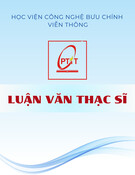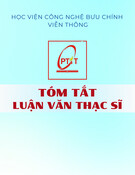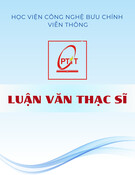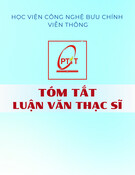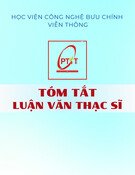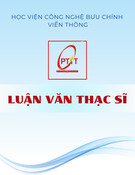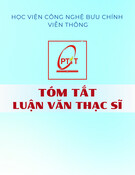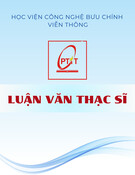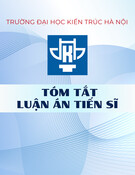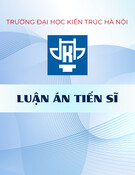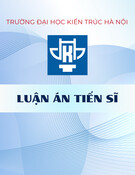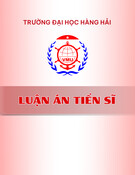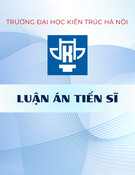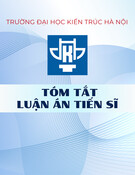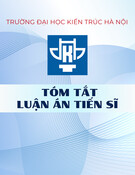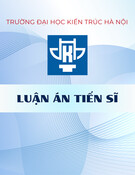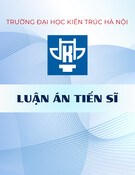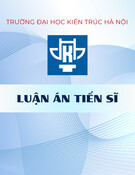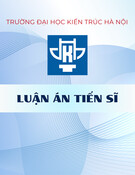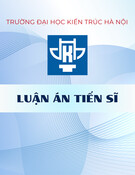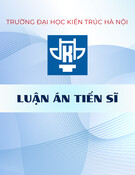
Low Complexity Iterative MIMO
Receivers for DVB-NGH Using Soft
MMSE Demapping and Quantized
Log-Likelihood Ratios
Author: David E. Vargas Paredero
Director 1: David Gómez Barquero
Director 2: Gerald Matz
Director 3: Narcís Cardona Marcet
Start Date: 1/07/2011
Work Place: Mobile Communications Group of iTEAM and Communications Theory
Group of Institute of Telecommunications of Vienna University of Technology




1 Low Complexity Iterative MIMO Receivers for DVB-NGH Using Soft MMSE Demapping
and Quantized Log-Likelihood Ratios
Objectives — The main goal of the thesis is to develop a signal processing which exploits the benefits of
iterative decoding for MIMO receivers of next generation of mobile TV standard, DVB-NGH but moreover
significantly reduces the receiver complexity. The signal processing is based on MMSE equalization with a
priori inputs and quantized log-likelihood ratios.
Methodology — The performance of the developed signal processing with reduced complexity is compared to
the reference max-log MIMO demapper which provides performance close to optimal but with high
computational complexity which scales exponentially with the number of transmit antennas. The simulations
are carried under mobile vehicular NGH channel model with 60 km/h speed.
Theoretical developments — The concepts of MMSE equalization with a priori inputs have been first proposed
for communication systems that send data over channels that suffer from ISI (Inter Symbols Interference) and
require equalization [1] - [2], and in a multiuser scenario for CDMA systems [3]. In this thesis we adapt the
MMSE with priors equalizer design to multi-stream soft interference cancellation followed by per-layer soft
demapping in DVB-NGH MIMO systems.
Prototypes and lab tests — The developed MMSE equalizer and LLR quantization signal processing is included
in the Instituto Telecomunicaciones y Aplicaciones Multimedia´s (iTEAM) DVB-NGH simulation platform
in Matlab language. The results obtained with the reference max-log MIMO demapper have been
exhaustively validated with the simulation platforms of PANASONIC and LG inside the DVB-NGH
standardization process.
Results — The signal processing algorithms developed in the thesis based on MMSE equalization with prior
information and quantized LLRs significantly reduce the receiver complexity but are able to exploit the gain
obtained with MIMO and iterative decoding. The complexity scales polynomically with the number of
transmit antennas in comparison to the exponential grow for the reference max-log MIMO demapper. The
developed signal processing, MIMO techniques and performance evaluation carried in this thesis have been
deployed under the framework of the European Celtic project ENGINES, a project agreement between
iTEAM and LG (South Korea) in MIMO topics, the DVB-NGH standardization process and a collaboration
between Universidad Politécnica de Valencia and Vienna University of Technology.
Future work — Several issues and possible interesting extensions for future research: In this thesis we have
studied the performance of a 2x2 MIMO system with 16QAM order constellation in each transmit antenna.
Higher constellation orders are of interest (e.g. 64QAM in each transmit antenna). Detailed complexity
analysis comparison between demappers. Efficient exchange of extrinsic information between MIMO
demapper and channel decoder. LLR quantization design taking into account iterative process. On-the-fly
quantizer design and finally the research done for MMSE equalizers could be extended to improve the
estimates of real channel estimation.

